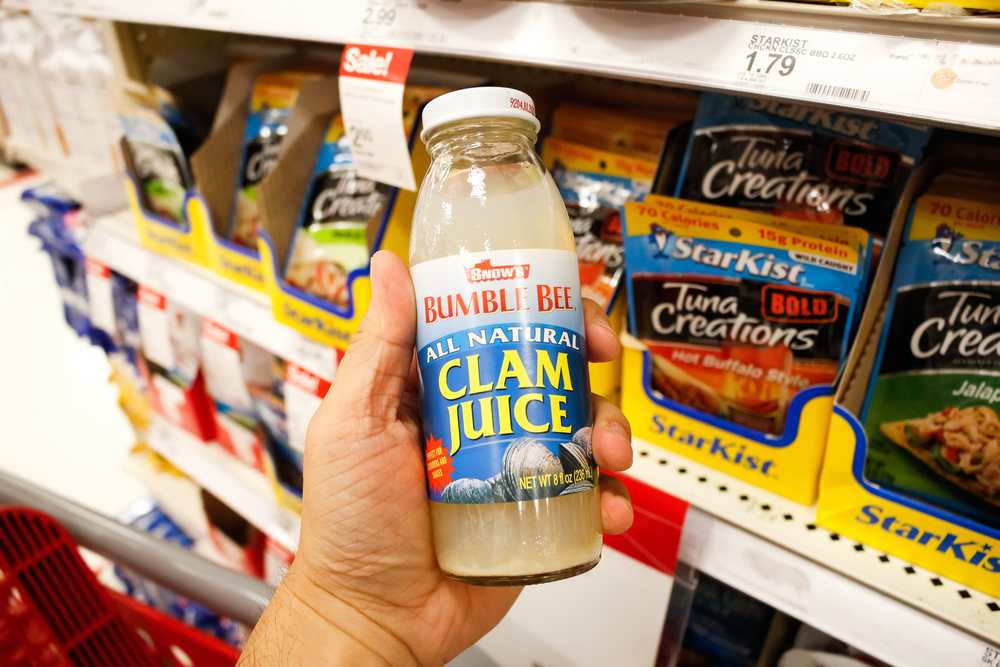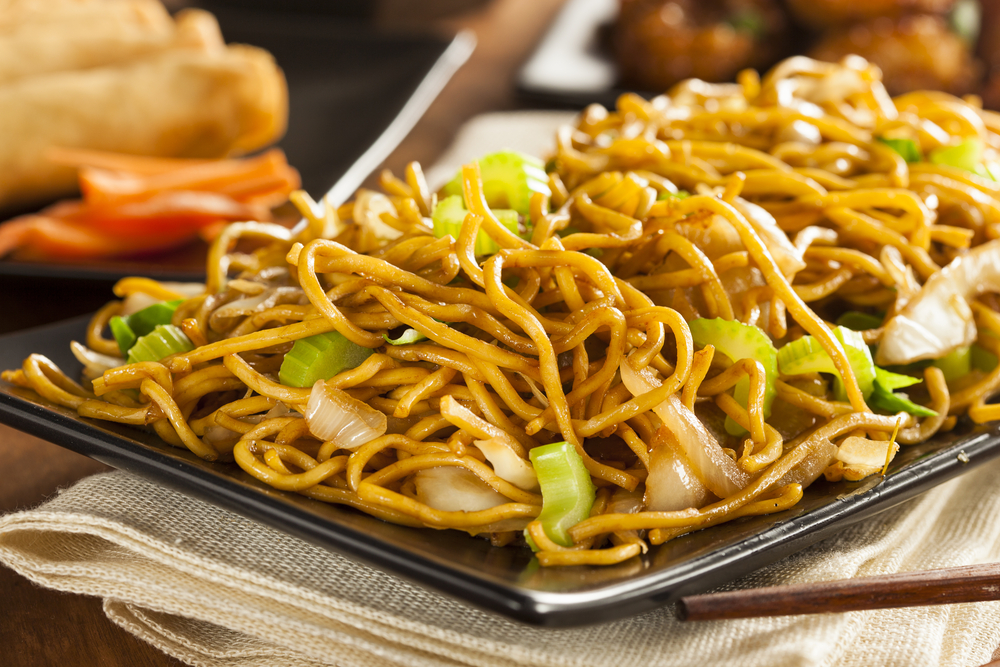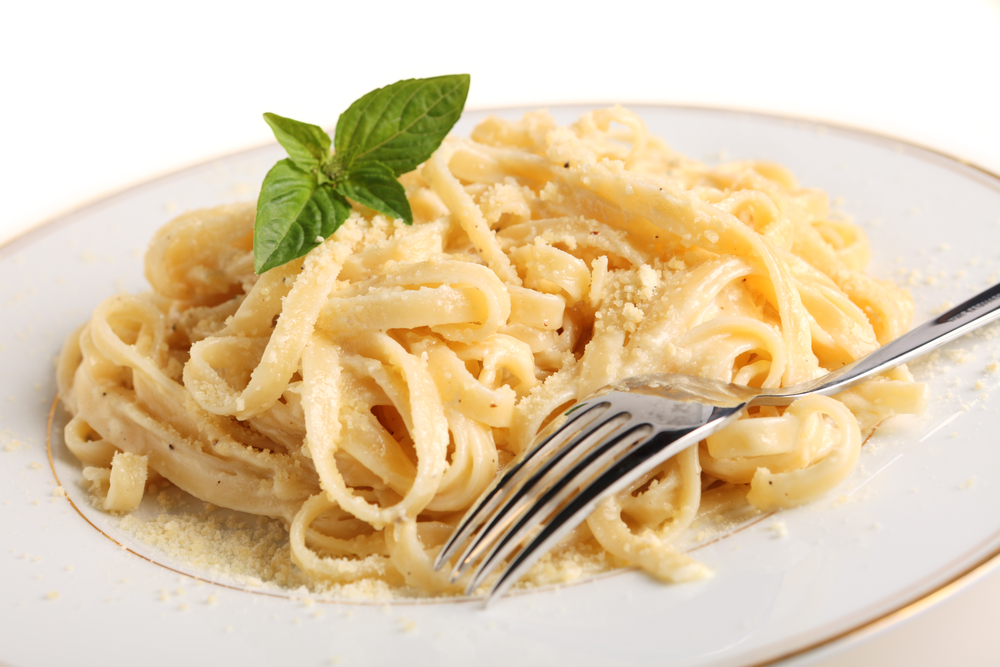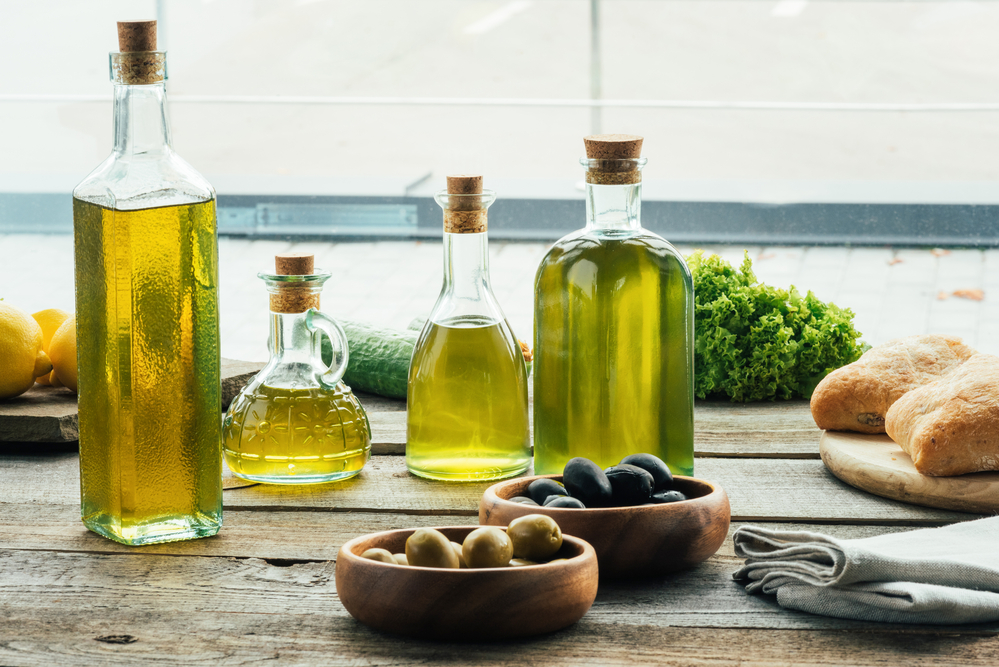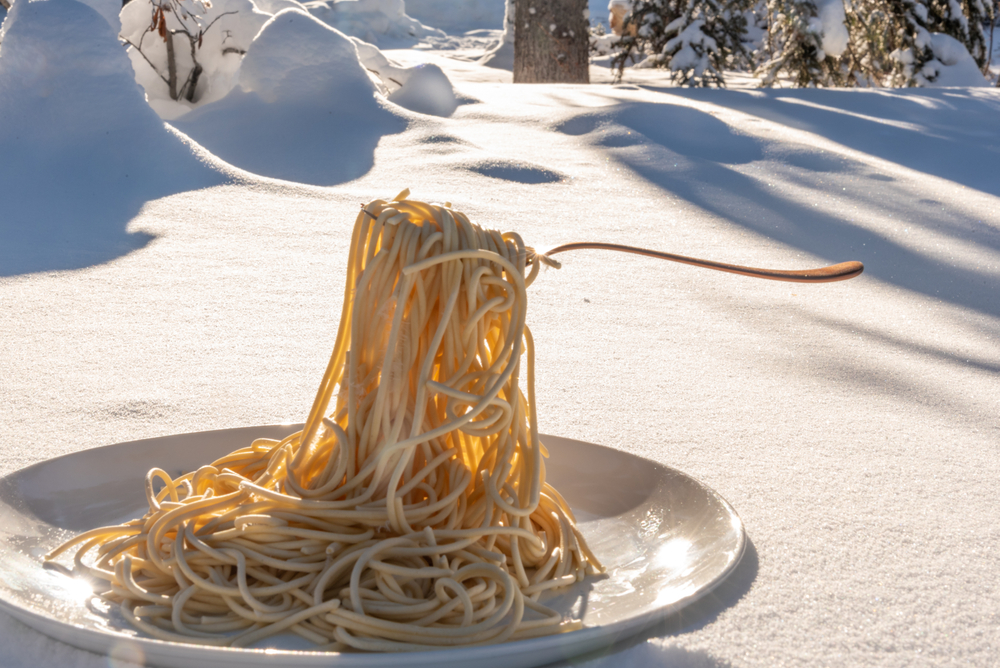When it comes to pasta, there are countless varieties to choose from. Two popular options are linguine and fettuccine. While both are long, thin noodles, there are some key differences to consider when deciding which to use for your dish.
Linguine is a type of pasta that originated in Genoa, Italy. It is similar to spaghetti but is slightly wider and flatter. Linguine is often paired with lighter, thinner sauces, such as olive oil and garlic or clam sauce.
Fettuccine, on the other hand, is a wider, flatter noodle that originated in Rome. It is typically paired with heavier, cream-based sauces like Alfredo or carbonara.
Key Takeaways
- Linguine is a thinner, lighter noodle that pairs well with lighter sauces.
- Fettuccine is a wider, flatter noodle that pairs well with heavier, cream-based sauces.
- When choosing between linguine and fettuccine, consider the type of sauce you plan to use.
Understanding Pasta
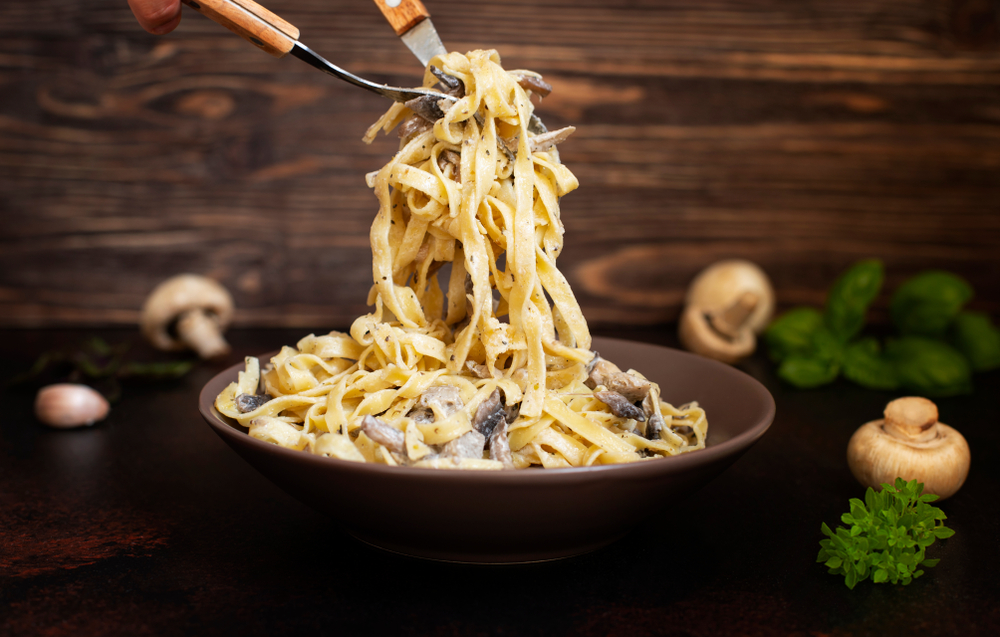
Pasta is a staple food in Italian cuisine and has become popular worldwide. It is made from a dough of flour, water, and sometimes eggs, which is then shaped into various forms. There are many different types of pasta, each with its own unique shape, texture, and flavor. Two popular types of pasta are linguine and fettuccine.
Linguine is a long, thin, and flat pasta that is similar to spaghetti but wider. It originated in the Liguria region of Italy and is often served with seafood or light tomato-based sauces. Its delicate texture makes it a good choice for dishes that require a lighter touch.
Fettuccine, on the other hand, is a wider and flatter pasta that is often used in heartier dishes. It originated in the central regions of Italy, particularly in Rome and Tuscany. Fettuccine is often served with rich, creamy sauces like Alfredo or carbonara.
When it comes to cooking pasta, it is important to follow the instructions on the package carefully. Overcooking pasta can make it mushy, while undercooking it can leave it tough and chewy.
It is also important to use a large pot of boiling, salted water to cook the pasta, as this helps to prevent it from sticking together.
In Italian cuisine, pasta is often served as a first course, or primo, before the main course. It can also be served as a side dish or as a main course itself. Pasta dishes can be simple or complex, depending on the ingredients and preparation methods used.
Overall, pasta is a versatile and delicious food that is enjoyed by people all over the world. Whether you prefer linguine, fettuccine, or another type of pasta, there are countless ways to prepare and enjoy this classic dish.
Linguine Explained

Origins of Linguine
Linguine is a type of pasta that originated from the Liguria region of Italy, particularly in the city of Genoa. The word “linguine” means “little tongues” in Italian, which describes its shape. It is believed that linguine was first made in the 1700s, and it quickly became a popular pasta shape in Italy and around the world.
Characteristics of Linguine
Linguine is a type of long pasta that is similar to spaghetti, but it is thinner and narrower. It has an elliptical shape and a delicate surface, which provides a larger surface area for sauces to cling to.
Linguine is often paired with light sauces, such as pesto or seafood sauces, as it is not as sturdy as other pasta shapes and can easily be overwhelmed by heavier sauces.
Linguine in Cuisine
Linguine is a versatile pasta shape that can be used in a variety of dishes. It is commonly paired with seafood, such as clams or shrimp, in dishes like linguine alle vongole or linguine with scampi.
Linguine is also often used in pasta dishes with pesto sauce, which is made with basil, garlic, pine nuts, and olive oil. Another popular way to serve linguine is with a simple sauce made with lemon and white wine.
Making Linguine
Linguine can be made at home using a pasta maker or by hand. The ingredients for homemade linguine are simple – just flour and water. The dough is rolled out into thin sheets and then cut into long, thin strips. It is important to cook linguine until it is al dente, which means it is cooked but still firm to the bite.
Nutritional Aspects of Linguine
Linguine is a relatively low-calorie pasta shape, with around 200 calories per 2-ounce serving. It is also a good source of complex carbohydrates and provides some protein.
However, it is important to note that the nutritional content of linguine can vary depending on the ingredients used and the sauces it is paired with.
Overall, linguine is a popular and versatile pasta shape that can be used in a variety of dishes. Its delicate shape and surface make it ideal for pairing with light sauces and seafood, and it is relatively easy to make at home.
Fettuccine Explored
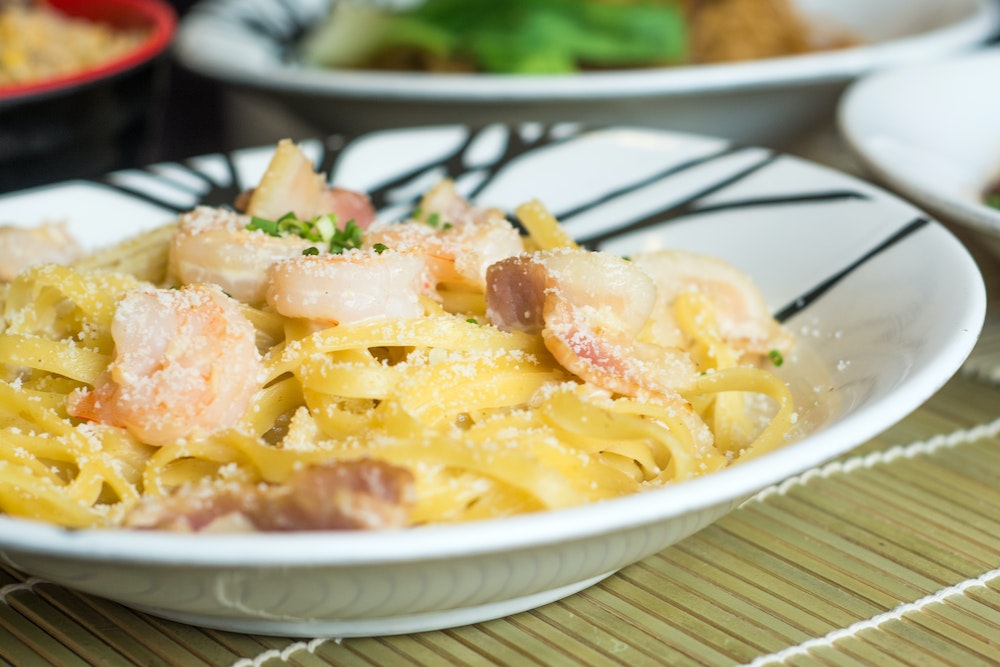
Origins of Fettuccine
Fettuccine is a type of pasta that originated in central Italy, specifically in the regions of Rome and Tuscan. It is believed that the name “fettuccine” comes from the Italian word “fettuccia,” which means “little ribbons.” This is because fettuccine is shaped like long, flat noodles that are cut into thin strips or ribbons.
Characteristics of Fettuccine
Fettuccine is a relatively thick pasta, measuring about 1/4 inch in width. It has a flat shape with a slightly curved edge, and its surface is smooth and flat. Due to its size and surface area, fettuccine is often paired with heavier, cream-based sauces that can cling to its surface and fill in its crevices.
Fettuccine in Cuisine
Fettuccine is a versatile pasta that can be used in a wide range of dishes. It is often served with heavy sauces, such as Alfredo sauce or meat sauce, and topped with Parmesan cheese.
In Roman cuisine, fettuccine is often served with a ragu sauce made with garlic, tomatoes, and meat. In Tuscan cuisine, fettuccine is often paired with shrimp and white wine sauce or served with a heavier sauce made with meatballs.
Making Fettuccine
Fettuccine can be made by hand or using a pasta maker. The basic ingredients for homemade pasta are flour, eggs, and water. To make fettuccine, the dough is rolled out into thin sheets and then cut into thin strips. Fettuccine should be cooked until it is al dente, which means it is cooked through but still firm to the bite.
Nutritional Aspects of Fettuccine
Fettuccine is a carbohydrate-rich food that is relatively high in calories. One cup of cooked fettuccine contains approximately 220 calories and 42 grams of carbohydrates. However, fettuccine is also a good source of protein, with one cup containing approximately 8 grams of protein.
Overall, fettuccine is a delicious and versatile pasta that can be used in a wide range of dishes. Whether served with a heavy meat sauce or a light olive oil and garlic sauce, fettuccine is sure to be a crowd-pleaser.
Linguine Vs Fettuccine
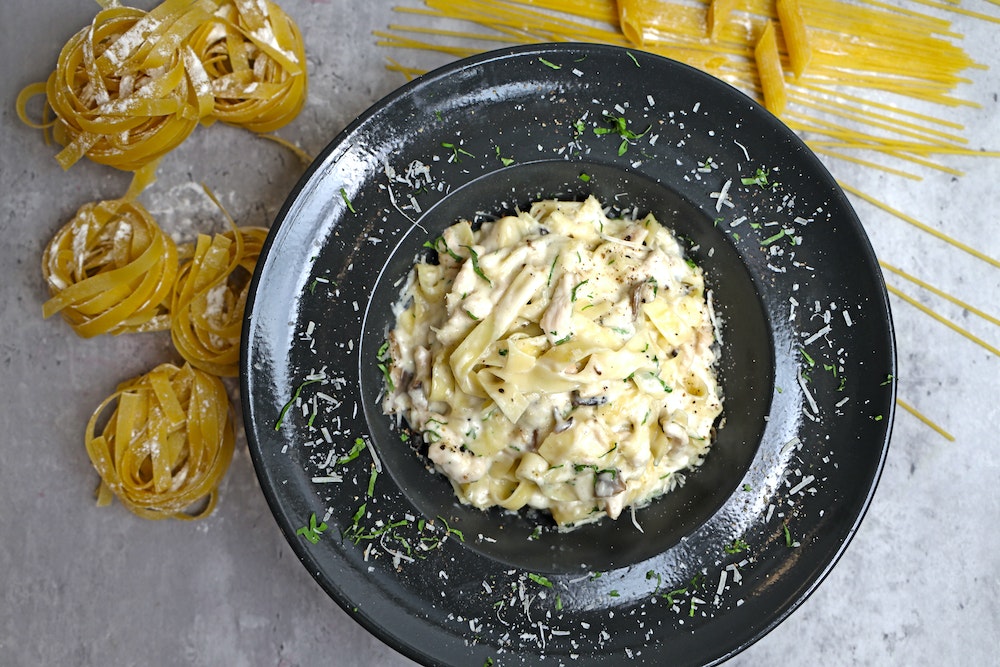
When it comes to Italian cuisine, pasta is one of the most popular dishes around the world. Two of the most frequently compared pasta shapes are linguine and fettuccine. While they may look similar, there are several differences between the two.
In this section, we will compare linguine and fettuccine in terms of their shape, size, sauce pairings, caloric differences, and taste and texture differences.
Comparing Shapes and Sizes
Linguine and fettuccine are both long, ribbon-like pastas. However, linguine is narrower and flatter than fettuccine, which is wider and thicker. Linguine has a delicate and fragile texture, while fettuccine is heartier and thicker. Additionally, linguine is often cut into small ribbons, while fettuccine is cut into larger ribbons.
Sauce Pairings
The shape and size of pasta can impact which types of sauce pair best with each noodle. Linguine is best paired with light sauces, such as tomato sauce, pesto sauce, and butter-based sauce. Fettuccine, on the other hand, is better suited for heavier sauces, such as meat sauce, cream-based sauce, and Alfredo sauce.
Substituting One for the Other
While linguine and fettuccine have distinct differences, they can be substituted for each other in some recipes. Linguine can be used as a substitute for fettuccine in heartier dishes, while fettuccine can be used as a substitute for linguine in delicate and light dishes.
However, it is important to keep in mind that the texture and surface area of the pasta can impact the overall balance of the dish.
Caloric Differences
In terms of calories, linguine and fettuccine are relatively similar. One cup of cooked linguine contains approximately 221 calories, while one cup of cooked fettuccine contains approximately 220 calories. However, the caloric content can vary depending on the sauce and toppings used in the dish.
Taste and Texture Differences
Linguine has a delicate and fragile texture, which makes it ideal for lighter sauces that won’t overpower its delicate flavor. Fettuccine, on the other hand, has a heartier texture that can hold up to heavier sauces and toppings.
Additionally, the wider surface area of fettuccine allows for more sauce to cling to the pasta, resulting in a more flavorful dish.
Choosing the Winner
When it comes to choosing a winner between linguine and fettuccine, it ultimately depends on the purpose of the dish and personal preference. Linguine is best suited for delicate and light dishes, while fettuccine is better suited for heartier and heavier dishes.
However, both pasta shapes are delicious and can be used interchangeably in some recipes.
Frequently Asked Questions
Which pasta is thicker: linguine or fettuccine?
Fettuccine is thicker than linguine. Fettuccine is a flat, thick pasta that is wider than linguine, which is a long, thin pasta.
What is the difference between fettuccine and linguine?
The main difference between fettuccine and linguine is their shape and thickness. Fettuccine is a wider, thicker pasta with a flat shape, while linguine is a long, thin pasta with a more cylindrical shape. Additionally, fettuccine is traditionally used in creamy sauces, while linguine is often paired with lighter sauces.
Can I substitute linguine for fettuccine?
While linguine and fettuccine have different shapes and thicknesses, they can be used interchangeably in many recipes. However, the texture and mouthfeel of the dish may be slightly different depending on which pasta is used.
What is the best pasta for Alfredo sauce?
Fettuccine is the traditional pasta used in Alfredo sauce. Its thickness and flat shape allow it to hold up well to the rich, creamy sauce.
What is linguine used for?
Linguine is a versatile pasta that can be used in a variety of dishes. It pairs well with lighter sauces, such as olive oil and garlic, as well as seafood and vegetable-based sauces.
What are some linguine recipes?
Some popular linguine recipes include linguine with clam sauce, linguine with shrimp scampi, and linguine with pesto sauce. Linguine can also be used in cold pasta salads or as a base for stir-fry dishes.


